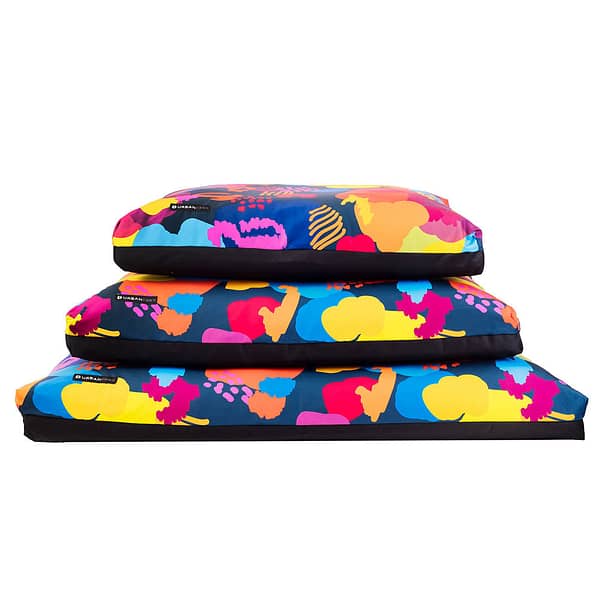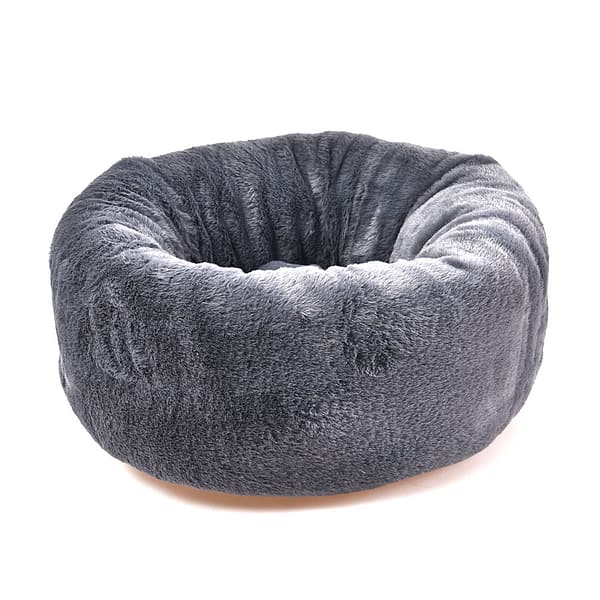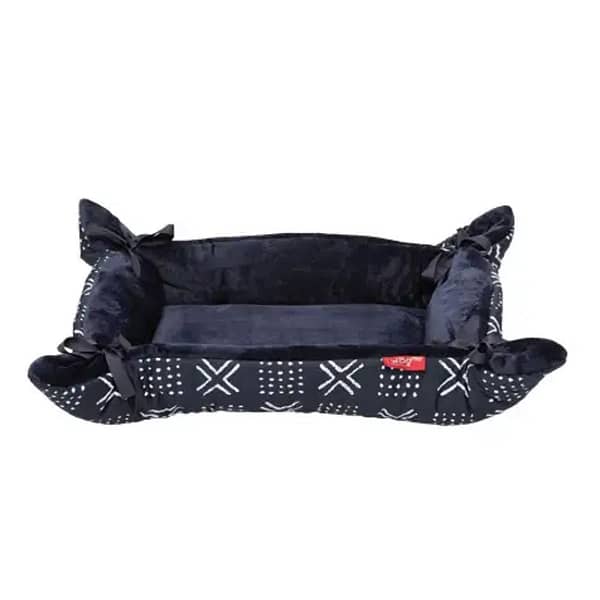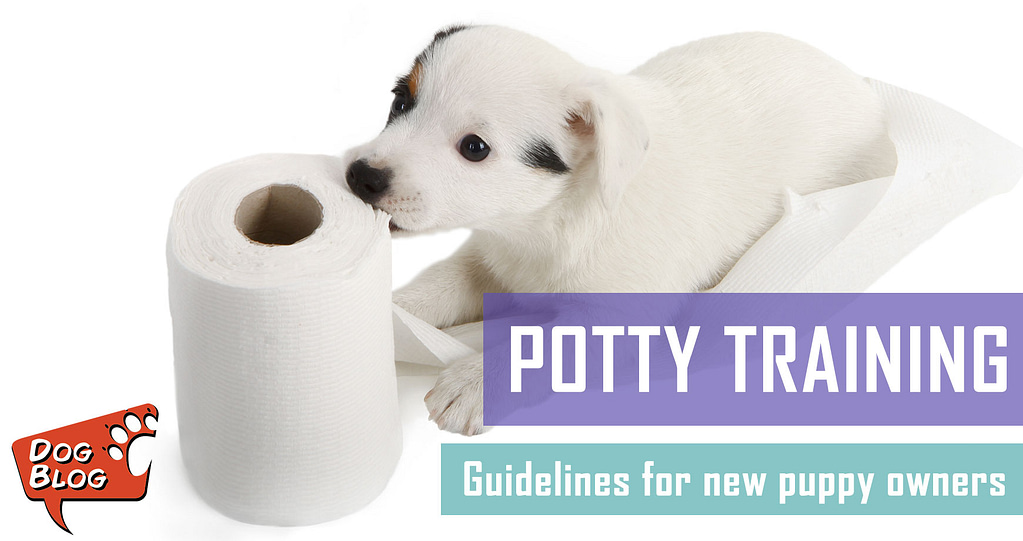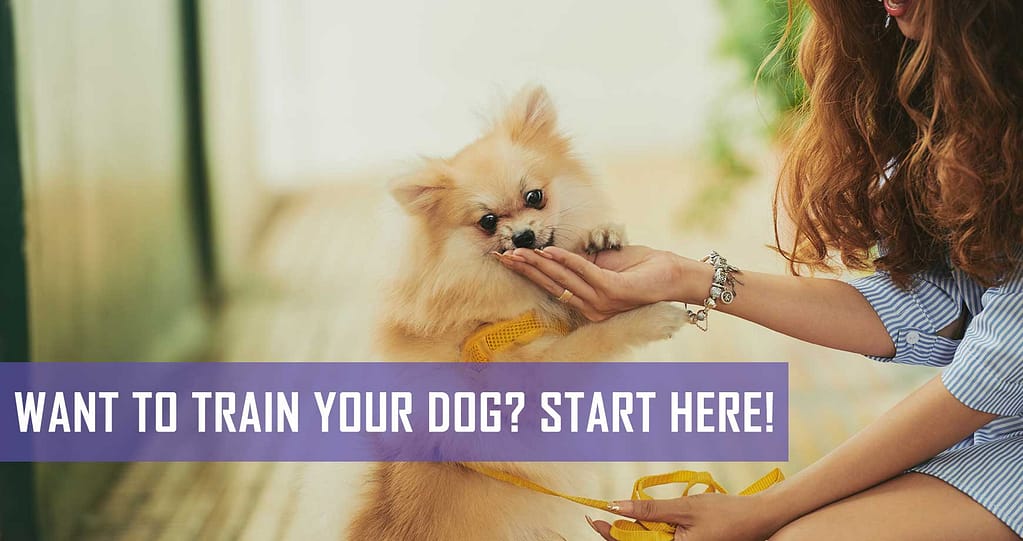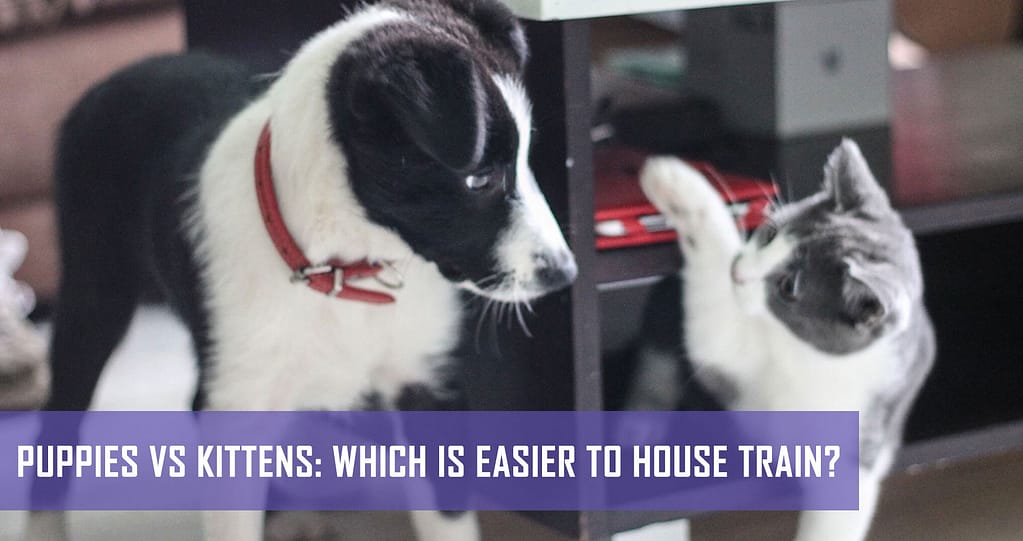It’s almost time for your new puppy to come home – are you prepawed for their arrival? We’re talking about puppy-proofing your home to ensure both you and your new pup can adjust and adapt to living with each other. Adopting a puppy and bringing them home is going to require a few changes around the house as well as a change in routine, so to make sure you’re prepared, we’ve compiled this list of things to do to when you get a new puppy.
1. Choose your ‘puppy area’ for their first few months
It’s impawtant to confine your new puppy to a certain area of the house both for their safety and for your own ease of cleaning up and peace of mind. By confining your furry friend to one or two rooms, it will make house-training your puppy a lot easier – no surprise messes in your puppy’s no-go zone. Puppies are naturally curious and will want to explore, lick and chew anything and everything. It will be difficult to puppy-proof your entire house, so choose one or two ‘puppy-friendly’ rooms in which your new pup can sleep, eat, play and be, without you needing to worry.
The puppy area should be in rooms that are central to the house, where your puppy can be part of the home activity and not be isolated from interaction. Many pet parents will give their puppy access to the kitchen and laundry or kitchen and sunroom/veranda, where there is interaction and movement throughout the day. These areas also tend to have hard flooring, which is easier to clean than carpeting.
Use baby gates, a puppy play pen or temporary barriers in doorways to confine your little scootch to their puppy area. Make sure they are safe and secure – you don’t want any gates or barriers falling on your poor pup – and be consistent about keeping your puppy confined to their space. If they are not allowed in the living room on one day, but they whine and cry until you carry them to the couch for a nap the next day, they are definitely not learning boundaries and obedience. Consistency will set your puppy up for obedience success when they are old enough for training.
2. Remove poisonous plants and other hazardous items
Many household plants are poisonous to pets and should be removed from reach, especially from curious puppies who will nibble on leaves or stems. Read more about which common indoor and outdoor plants are poisonous to pets.
Similarly, keep household cleaning products and other hazardous liquids like antifreeze out of reach. Medicine also poses the threat of poisoning or toxicity, while children’s toys with small parts carry as much of a risk of choking for your puppy as they do for human children. Make sure rubbish bins cannot easily be accessed by nosy pups; especially wastepaper bins and bathroom bins in which dangerous objects like staples, paperclips, razorblades and earbuds may have been discarded.
3. Keep all bodies of water covered
When your new puppy comes home, make a point of keeping any toilet seats down or close your bathroom doors to prevent any accidental access to water. It is critical that your puppy has no access to a swimming pool, fish pond, borehole or well, or any other body of water that poses the threat of drowning.
4. Seal off electrical cables
Run any electrical cords through spiral cable wraps, cord concealers or even PVC pipes. Not only will this tidy up any errant cables, but it will protect them from damage by sharp little puppy teeth and it will protect your puppy from electrocution! Keep your puppy’s sharp teeth busy with plenty of fun, colourful, squeaky and crinkly-sounding puppy toys. Never leave your puppy unsupervised, even with their toys, but rest assured that toys are the much safer option for holding your puppy’s attention!
5. Do not leave your puppy home alone
Since working from home is the new normal, being at home with your new puppy will be easier done now than in the past. However, if you’re not able to spend the majority of your day at home, rather take your new puppy with you or get someone to puppy-sit while you’re at work or away from home. Any puppy under the age of 12 months old is not meant to be left on their own during your work day, especially not in a new environment, so make sure they are supervised and played with throughout the day.
You asked: Where should my new puppy sleep?
The question of where your new puppy should sleep is a little different to our advice about confining your pooch to their ‘puppy area’. In the first few months of your puppy’s acclimatisation to your home, they will benefit immensely from building a bond of trust, love and security with you. This means sleeping close to you – not necessarily in your bed, but certainly in your bedroom.
Many pet owners will encourage their puppy to sleep in a crate next to their bed. This will help puppies to feel secure as they will quickly get used to being close to the familiar – i.e.: you! – and won’t feel isolated and anxious. For the first few months, they will wake up a few times in the night for a toilet break or because of unfamiliar noises, but with you close by to respond to their needs, they will soon build confidence and a feeling of security.
Your new puppy should have their very own bed, which gives them a secure space to rest and relax in as well as a safe spot to retire to should they feel overwhelmed. If you are crating your puppy next to your bed, place their dog bed inside the crate – this will become their soft and snuggly kingdom as they grow and develop.
Your bond with your new puppy is as important to us as it is to you, so follow Pet Hero on Facebook and Instagram, and sign up to our newsletter for more vet-approved puppy-care content. You’ll also get the latest in Pet Hero sales, promotions and competitions, so don’t miss out!


